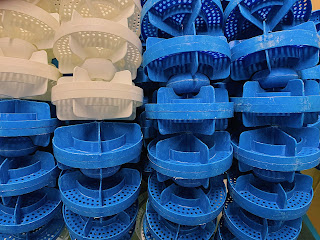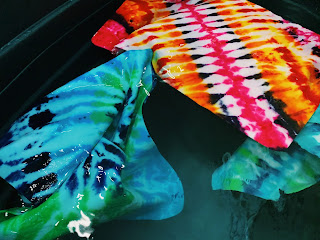Modularity. Grid. Pattern
Grids are all around me in the pool, in the windows, the tiles on the pool and on the deck and on the mats that we use for dryland. One of the most evident examples of grids would be the tiles of the pool deck. According to Lupton and Phillips, “a grid is a network of lines. The lines in a grid typically run horizontally and vertically in evenly spaced increments, but grids can be angled, irregular, or even circular as well” (187). I included a few images of the pool deck tiles to show that the deck is covered in grids that ultimately create a pattern.
When thinking about a repeated pattern what came to my mind is the spinning wheel that holds the lane lines when they are not in the pool. This pattern consists of many individual plastic pieces that are attached together and makes a repetitive pattern that is especially evident when the lane line is rolled up and out of the water. Lupton and Phillips state that, “in every instance, however, patterns follow some repetitive principle, whether dictated by a mechanical grid, a digital algorithm, or the physical rhythm of a craftsperson’s tool as it works along a surface” (203). The picture that I took depicts this pattern on the lane line and highlights the repetitive nature of the object.
https://www.instagram.com/art.ofmovement/
Photo taken at Lawrence University pool. Lane lines illustrate pattern.




I love seeing real life of examples where grids are used. They're literally everywhere but if we're not actively seeking them out then I think they're a lot harder to note and remember!
ReplyDeleteReally cool perspective on grids. The blue and white really go together.
ReplyDelete